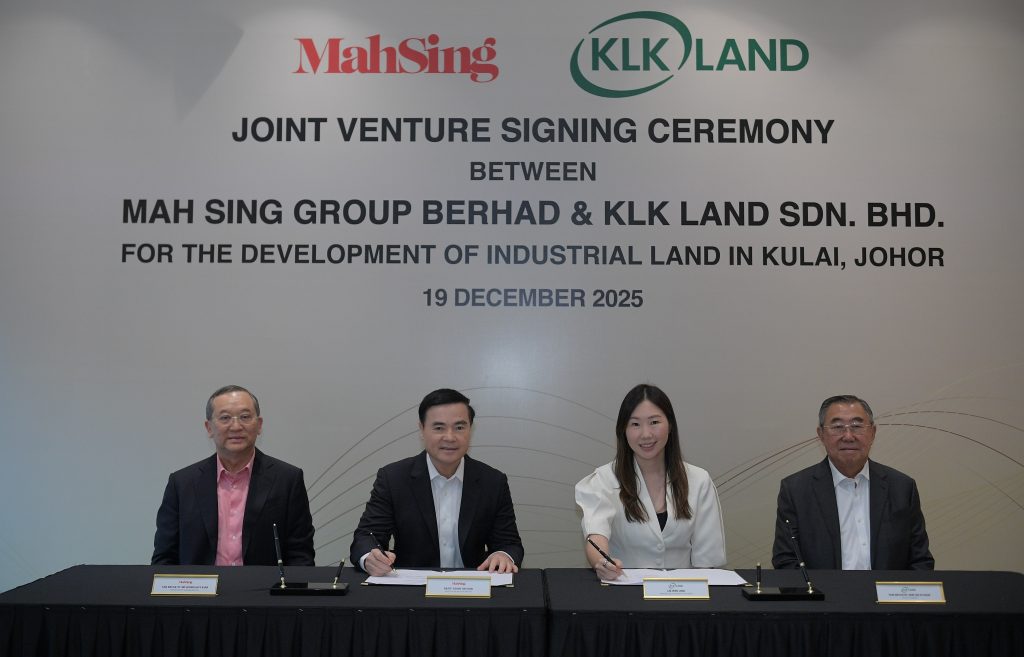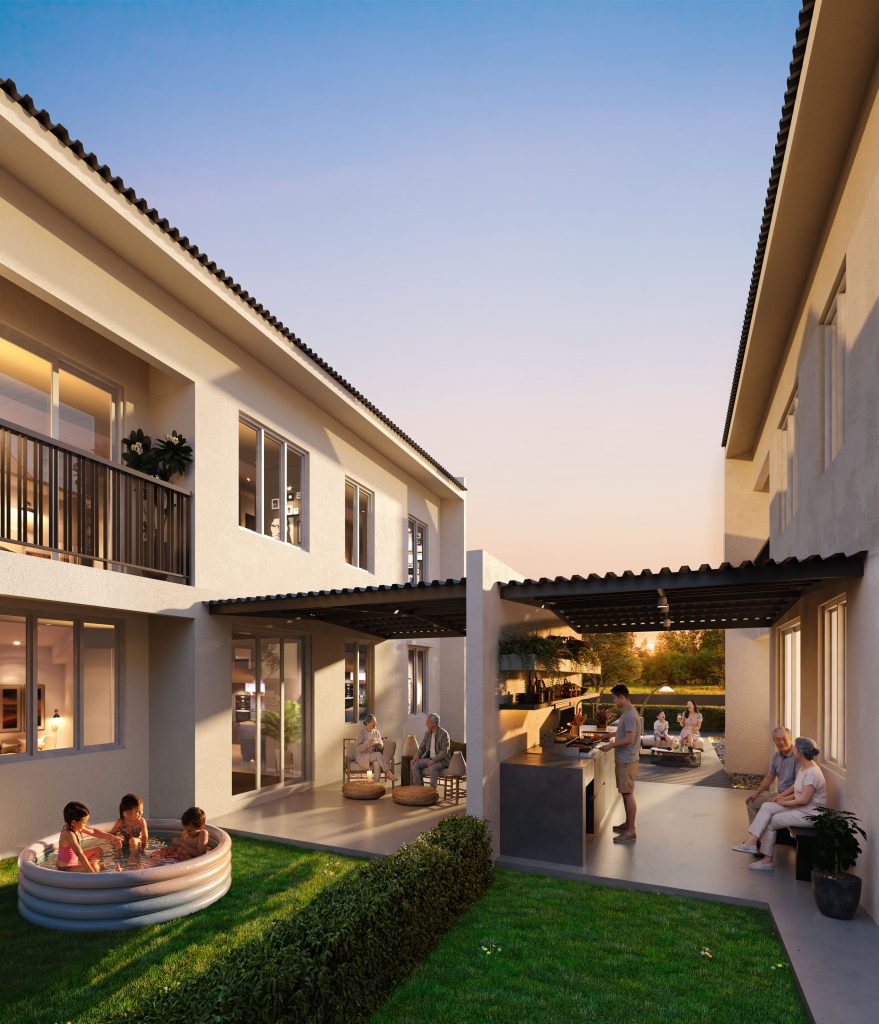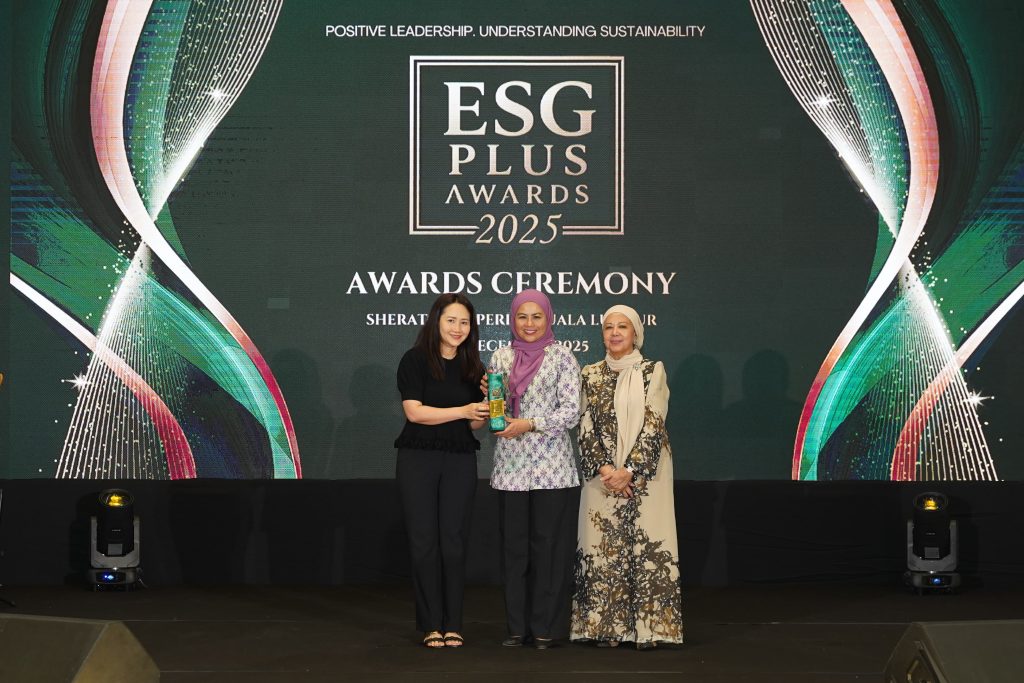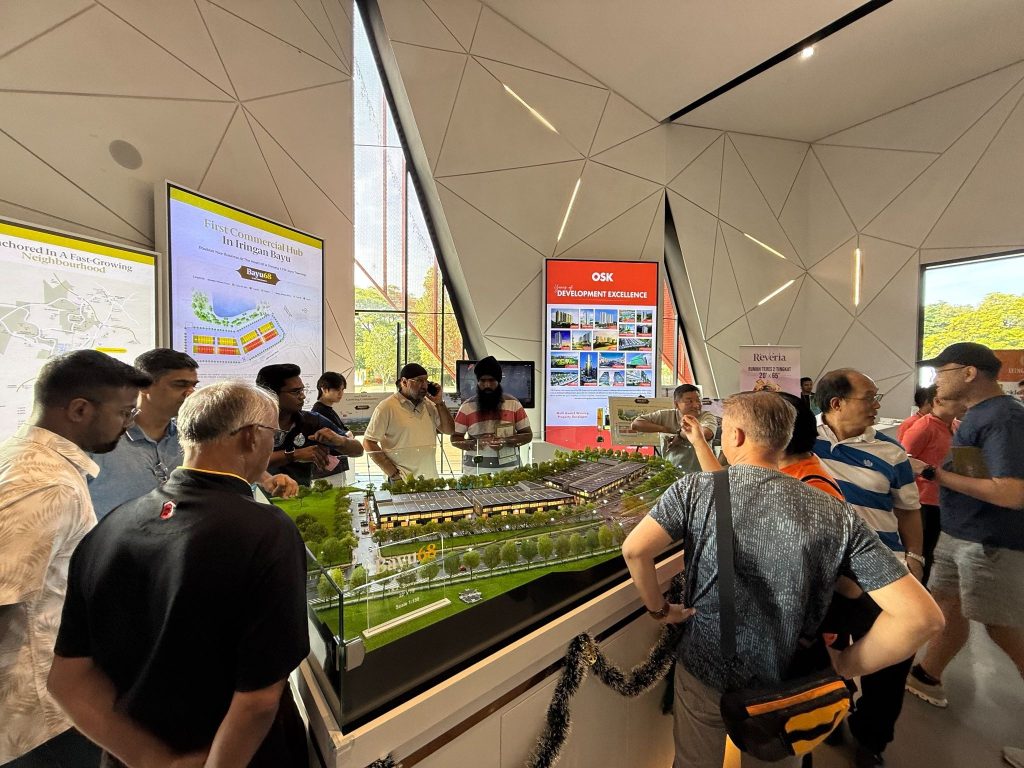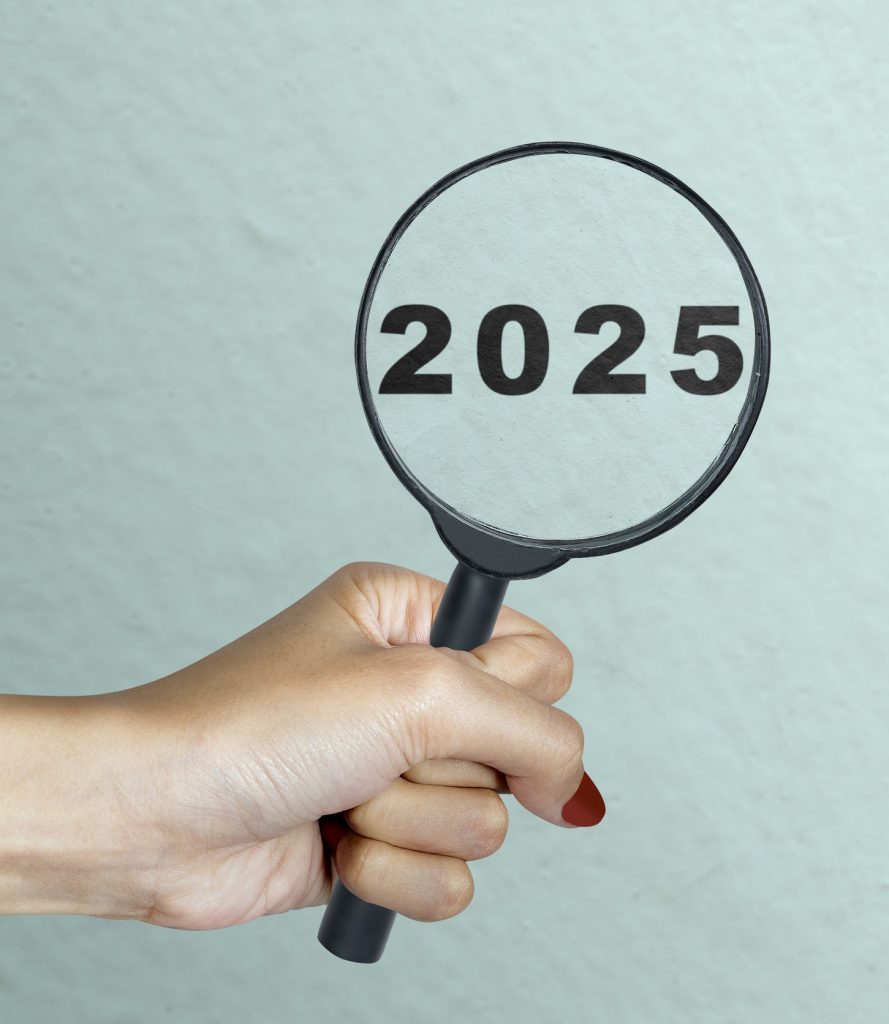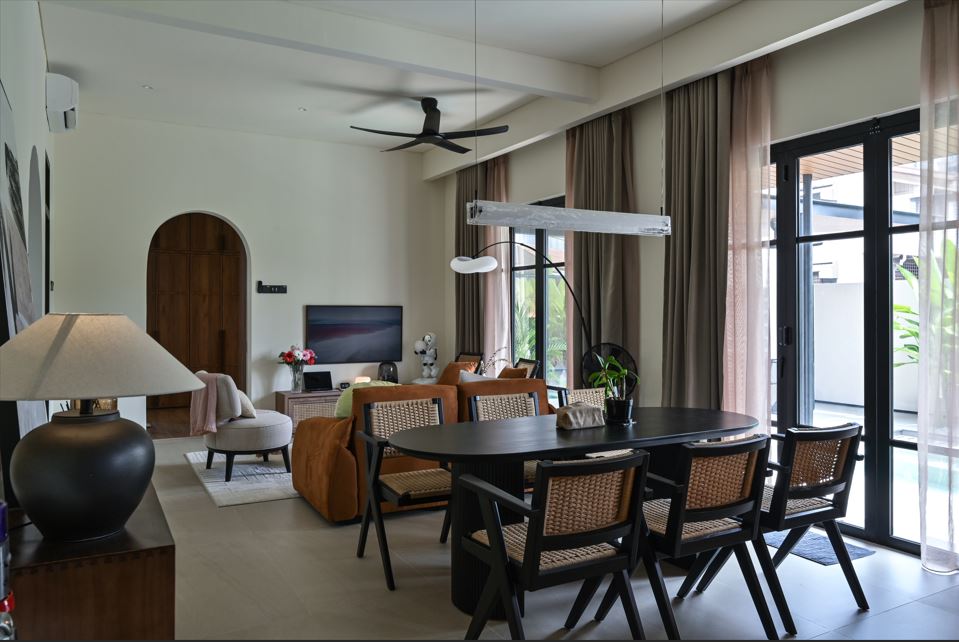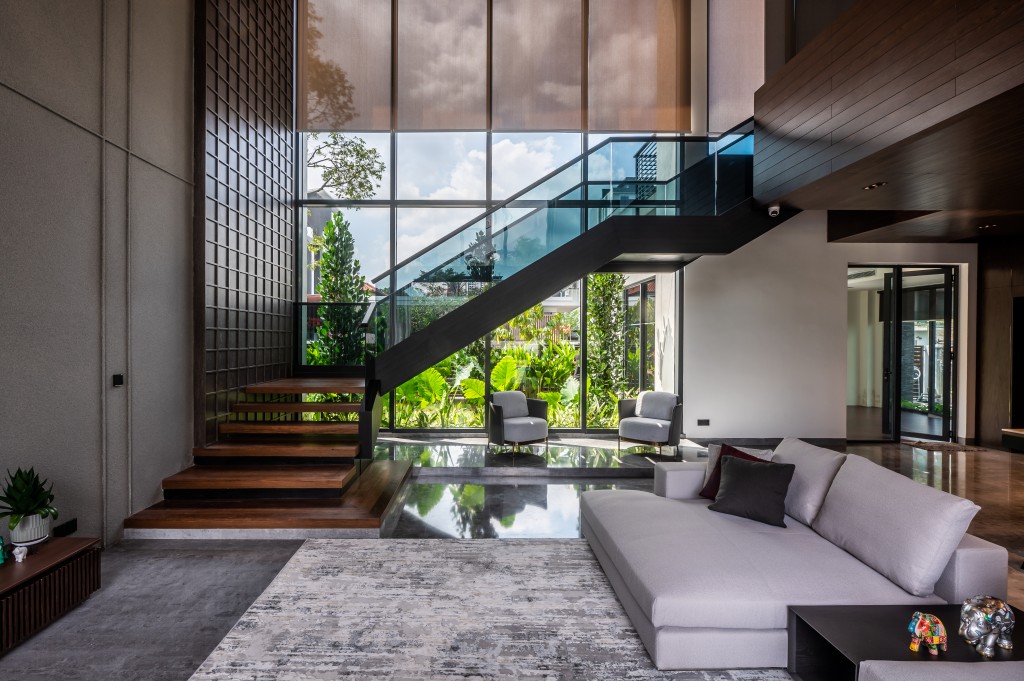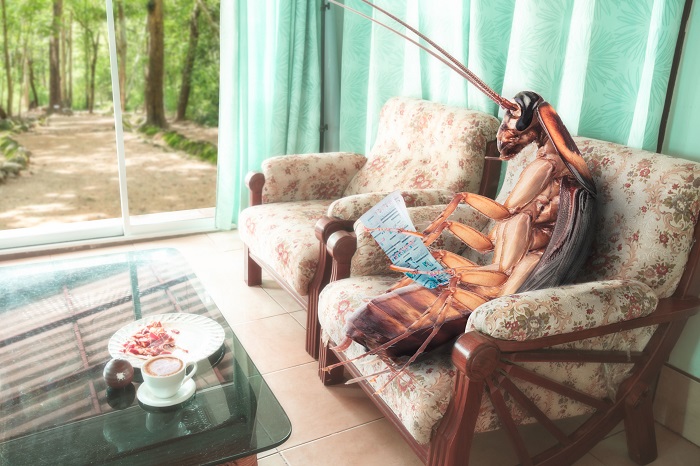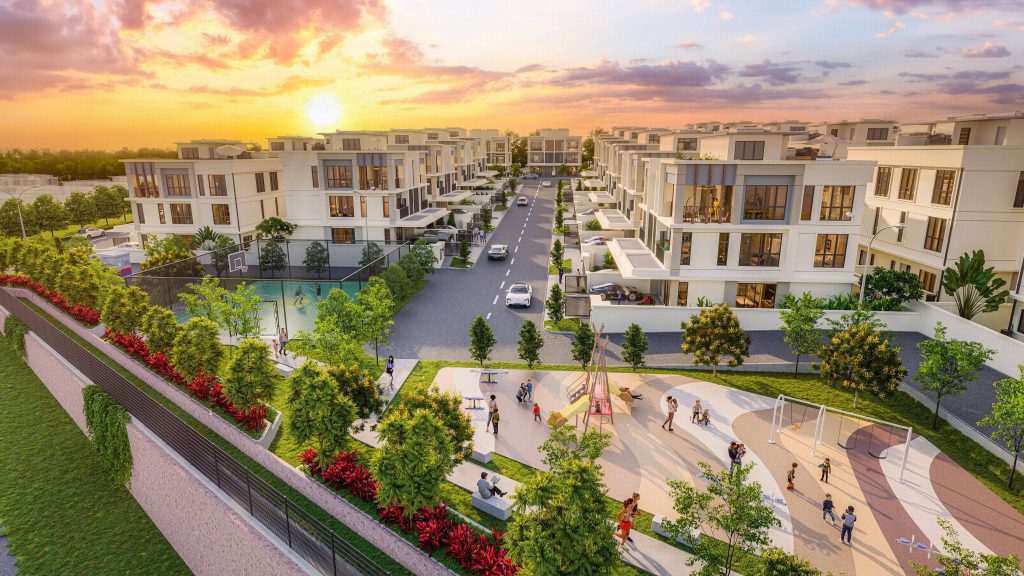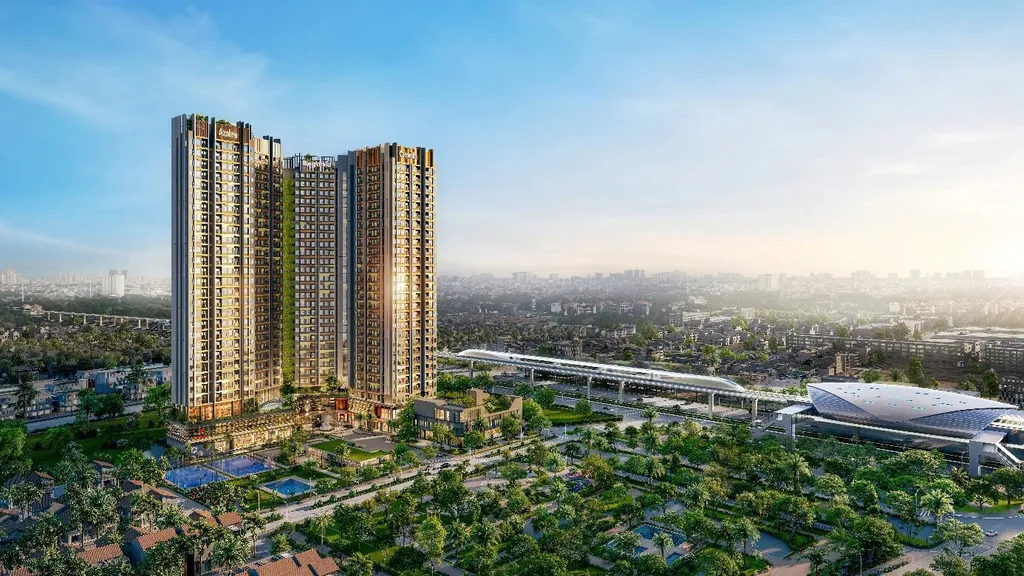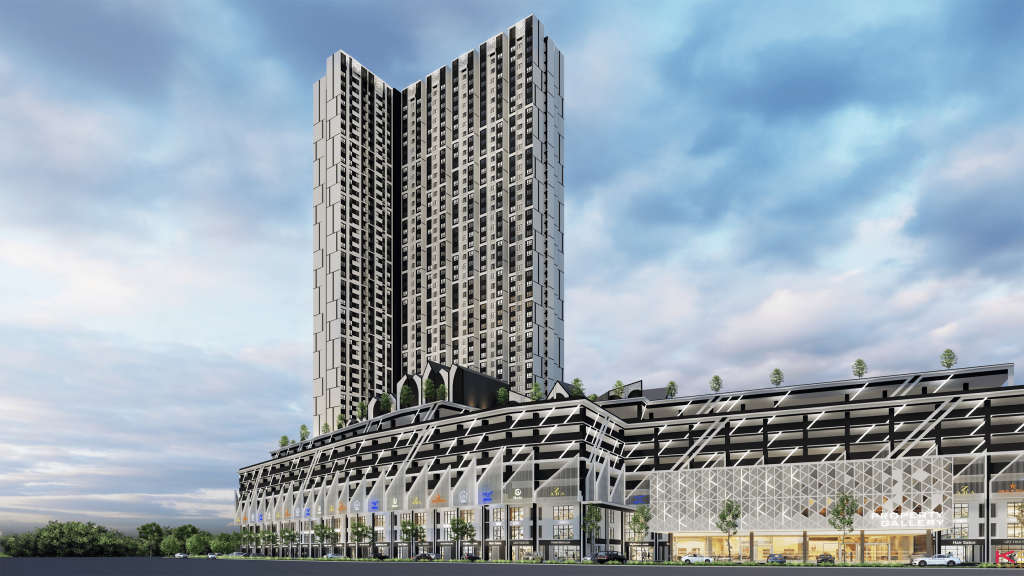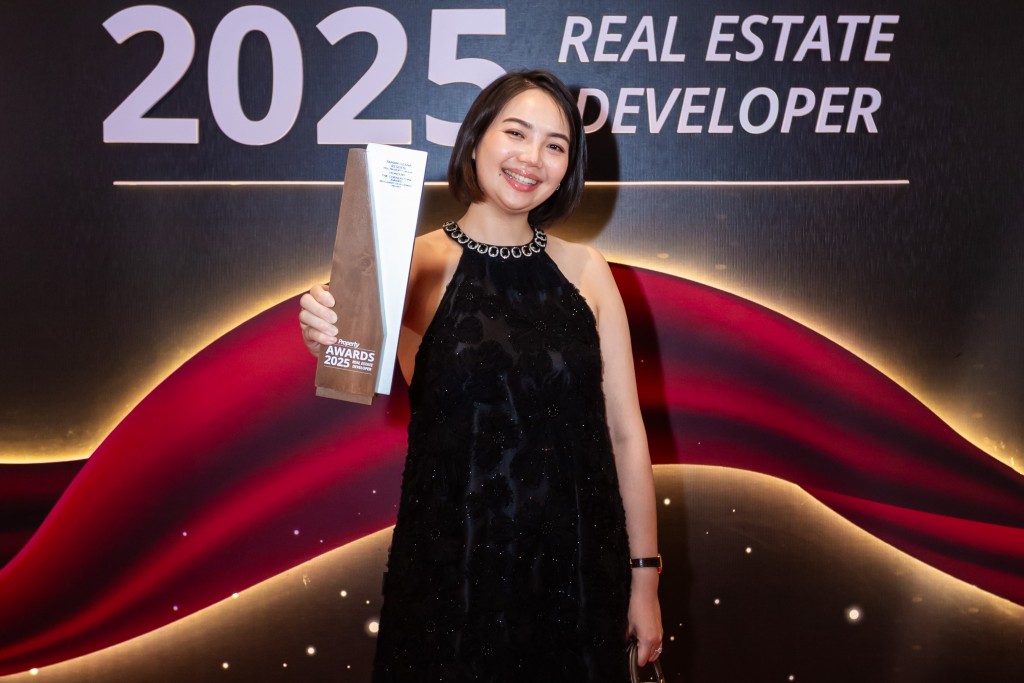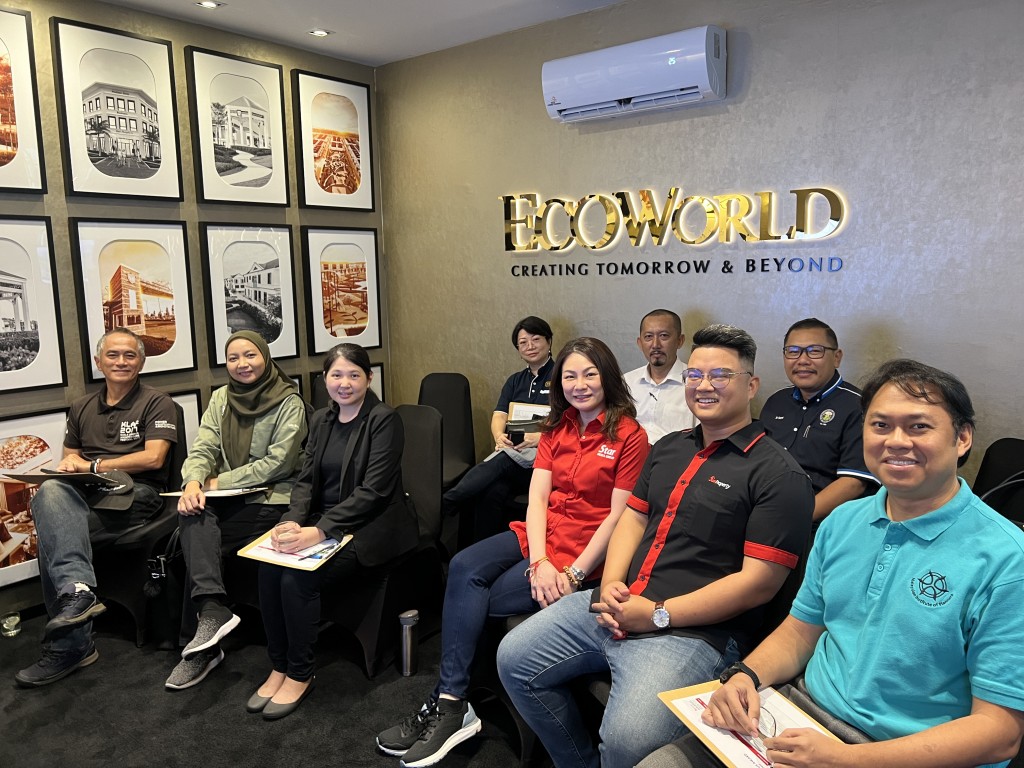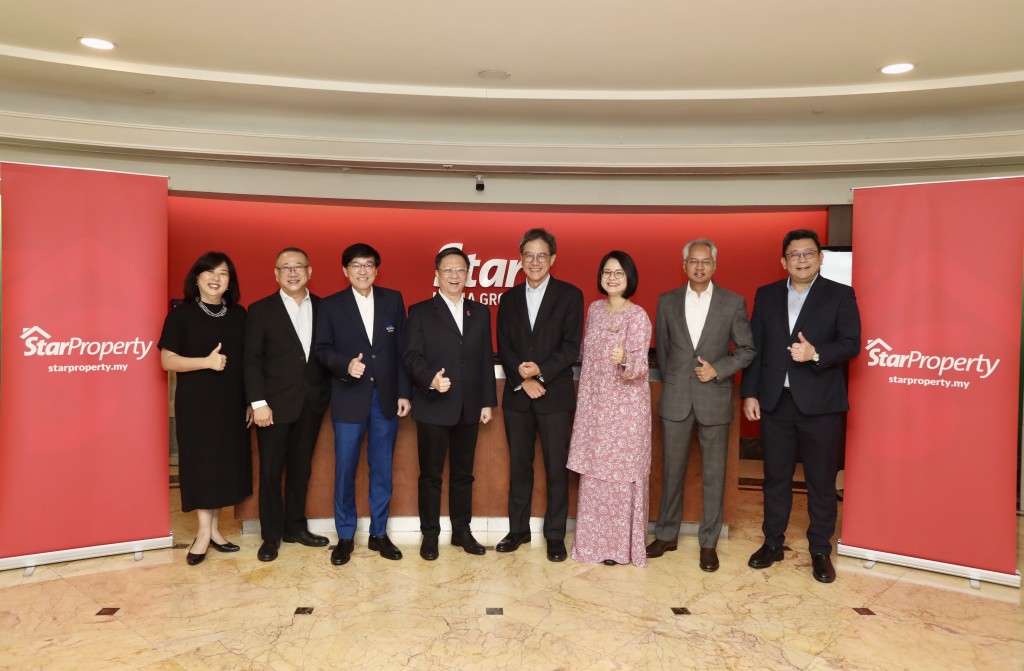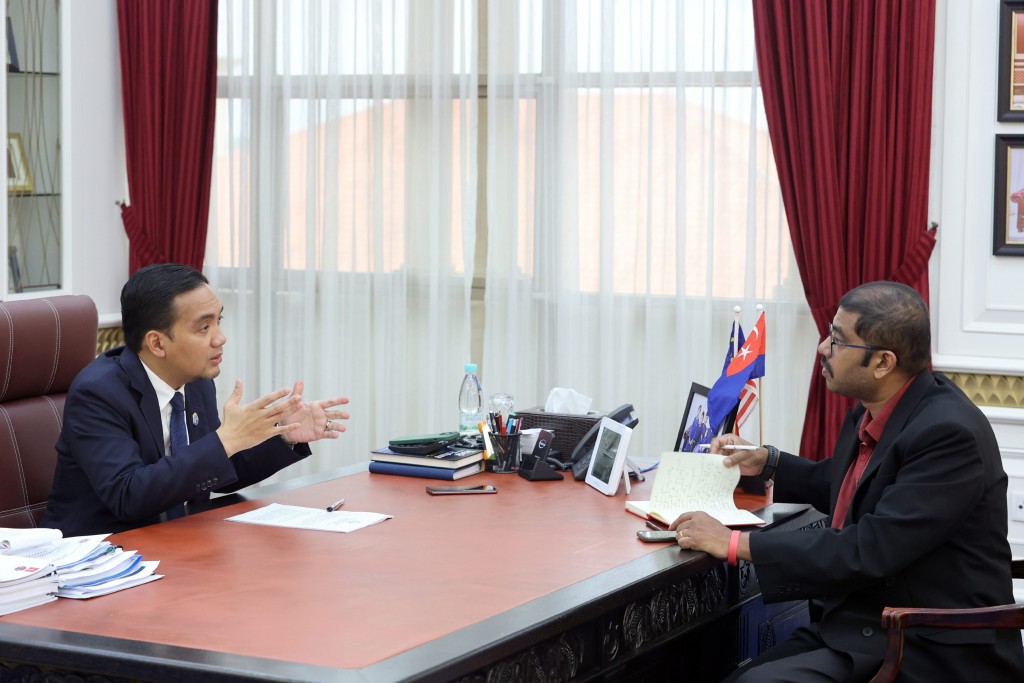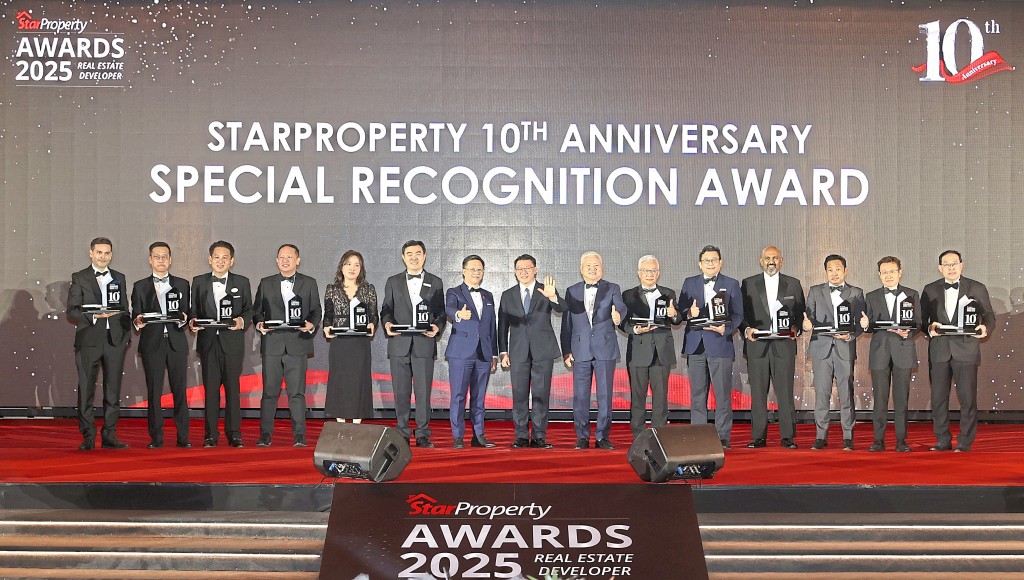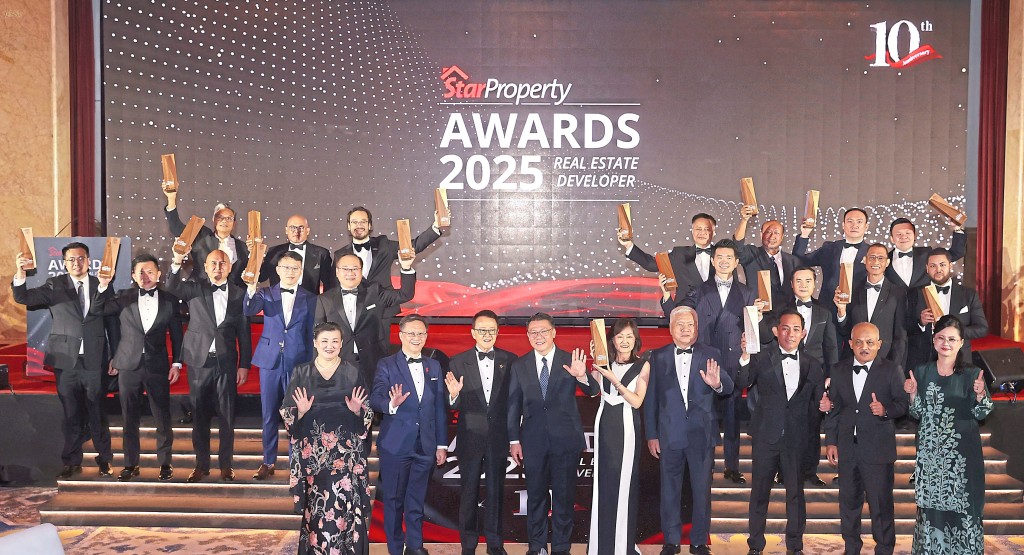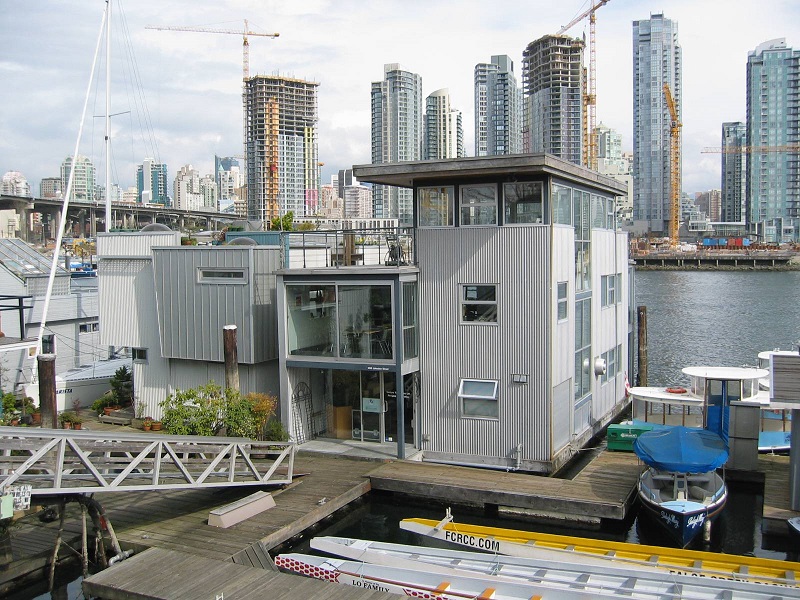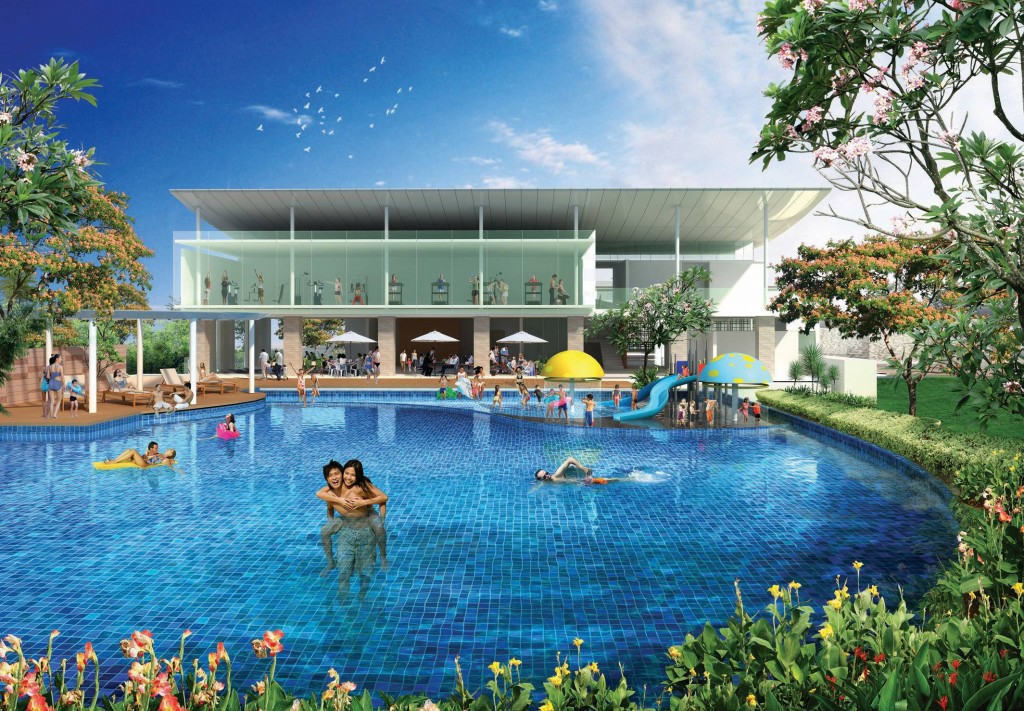Striking the right balance to make housing affordable amid rising costs
By Sulaiman Saheh
The Ministry of Housing and Local Government (KPKT) has recently unveiled a proposal to introduce a pay-per-use model for maintenance fees in future affordable housing developments. Spearheaded by Minister Nga Kor Ming, the initiative aims to reduce the financial burden on residents by shifting from fixed monthly maintenance charges to a usage-based maintenance fee system. This is a significant departure from the traditional strata living model and has sparked concerns about its potential benefits weighing against its drawbacks. The proposal warrants further studies to identify the specific contexts and the actual needs between various target markets, with a keen eye to weigh its risks and mitigation measures before its widespread implementation.
The pay-per-use model is a key component of KPKT’s broader Reformasi Perumahan agenda, which seeks to modernise Malaysia's housing sector. The ministry's intentions are centred on promoting financial equity, encouraging responsible use of shared facilities and improving affordability, particularly for first-time homebuyers in the B40 and M40 income groups. By tying costs directly to usage, the model intends to ensure that residents who rarely utilise amenities like swimming pools or gyms are not subsidising those who use them frequently. According to the Minister of Housing, this approach is also aligned with the Malaysia MADANI and UN-Habitat goals of promoting sustainable urban development, as the tracking of usage can lead to more mindful consumption of resources and a reduction in wastage. The pilot project for the concept will be implemented for the Rumah Bakat Madani project in Penang by SkyWorld Pearlmont. It features a pay-per-use clubhouse with various recreational facilities like an infinity swimming pool, pickleball and badminton courts, a children’s playground and gyms that are accessible via tracked access cards.
Positive feedback
Arguments in favour of the proposal highlight its potential for cost efficiency and transparency. Residents who do not use shared amenities would see a direct reduction in their monthly maintenance charge expenses, which could make home-occupation and ownership more accessible. The use of digital access cards provides clear, auditable records of facility usage, which could improve trust and accountability in property management. Furthermore, the model offers developers a degree of customisation, allowing for tiered access or optional packages that cater to different resident demographics. There are some who are looking at the concept’s adaptability for various types of stratified buildings, from affordable housing to commercial properties.
Not without critics
However, the proposal is not without its critics. A major concern is the potential for community fragmentation that could jeopardise the spirit of communal living. Shared spaces are traditionally seen as crucial for fostering social cohesion and interaction among residents. Monetising access to these areas may discourage their use and, in the long run, weaken the sense of community. Another significant challenge is operational complexity. Implementing and managing robust access card systems, billing platforms and usage audits would add a layer of administrative overhead that could be costly and open to disputes among residents. Joint Management Bodies (JMBs), Management Corporations (MCs) and property managers need to address this added layer of complexity by ensuring transparency, fairness and consistent maintenance across both open-access and paid facilities. Overcoming such challenges lies in maintaining clear communication with residents regarding the pricing structures, usage policies and access rights to avoid misunderstandings or perceptions of inequity. Managers must also ensure that paid-for amenities remain in excellent condition to justify the additional cost while simultaneously upholding the cleanliness and functionality of common areas that are freely accessible to all. This dual responsibility can strain operational resources and require more sophisticated tracking, billing and maintenance systems. Moreover, balancing the expectations of paying users with those of non-paying residents - especially in shared environments - demands careful policy design and proactive community engagement to prevent division or dissatisfaction.
There are also valid equity concerns, as families with children or elderly residents may rely more heavily on shared facilities like playgrounds and community halls, potentially leading to higher costs for those who need these amenities most. Critics also fear the risk of underfunding for essential, non-usage-based maintenance, such as lift upkeep, security and waste disposal, which could suffer if the revenue from pay-per-use facilities is insufficient. This is even if there were to be a multi-tier maintenance charge regime with a differentiation between core facilities and services like lifts and open-access basic communal facilities and optional-access facilities like function halls, badminton courts and gymnasium.
Challenges to overcome
While the technological aspects of the model are feasible, successful implementation hinges on a number of factors. A robust infrastructure for tracking and billing is essential, as is a clear governance framework that defines usage and fee calculation. Legal clarity is also paramount, as the model may necessitate amendments to existing laws that relate to strata management to accommodate variable charges and modes of billing. While the pay-per-use model could potentially address concerns about fairness and affordability, particularly for residents who do not utilise all amenities, it would require amendments to the Strata Management Act 2013 (SMA) or other relevant legislation. At present, Joint Management Bodies (JMBs) and Management Corporations (MCs) are legally obligated to collect maintenance fees based on share units, which are assigned to each property. This means a fixed monthly charge is applied to all owners, regardless of their usage of shared facilities. As such, the existing laws would have to be amended.
The long-term risks are also a major consideration, especially if the proposed model results in a lower collection of funds due to a significant portion of owners or residents opting to reduce their usage of these optional access-based facilities. Underfunding could lead to a decline in the quality of facilities and with time, the cost for repairs can snowball, hence forcing JMBs/MCs to re-prioritise their maintenance budget. Consequently, the decline in quality of facilities will risk a decrease in property values – this would threaten property owners’ asset preservation and long-term financial well-being. Arguably, the pay-per-use fees could be inflated to compensate for this or even the opening of such facilities to non-resident visitors. The downside to this is that we could see wealthier residents start monopolising premium amenities while lower-income residents are priced out or security erosion due to re-aligned policy changes to open access for public use. Indirectly, it has relinquished the exclusivity of use amongst residents – unless it is at the onset, during the purchase consideration, buyers are made aware of such provisions and policies. Either way, this would further erode the inclusive spirit of community living, hence risking a socioeconomic divide.
In conclusion, KPKT’s pay-per-use proposal represents a progressive and innovative attempt to address the challenges of urban living and affordability in Malaysia. It promises greater financial flexibility and transparency but also raises serious questions about equitability, community cohesion and long-term sustainability. Before the model is finalised and tabled for implementation, it is crucial to conduct a thorough evaluation of the concept, engage in extensive dialogue with all stakeholders and explore hybrid models with transparency to homebuyers before their decision to purchase. A comprehensive engagement and proper planning are needed with the long-term effectiveness and implications in check. The concept may not be a one-size-fits-all. It requires a multi-faceted consideration from the end-user needs profiling, built environment and layout design involving potentially separated-but-interlinked plots planning and ultimately the long-term management for a harmonious community living and the sustenance of the property’s value as a place of residence and investment. A robust regulatory framework and comprehensive public education campaigns will also be vital to ensure that this groundbreaking initiative strikes the right balance between financial sustainability and social equity, paving the way for a new era of urban living in Malaysia.

Sulaiman Akhmady Mohd Saheh is the director of research and consultancy services at Rahim & Co International.
Stay ahead of the crowd and enjoy fresh insights on real estate, property development and lifestyle trends when you subscribe to our newsletter and follow us on social media.






